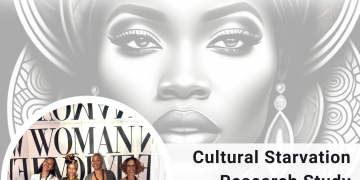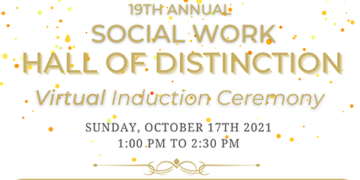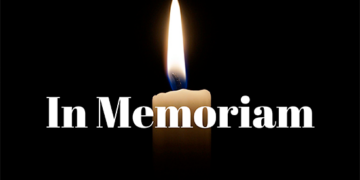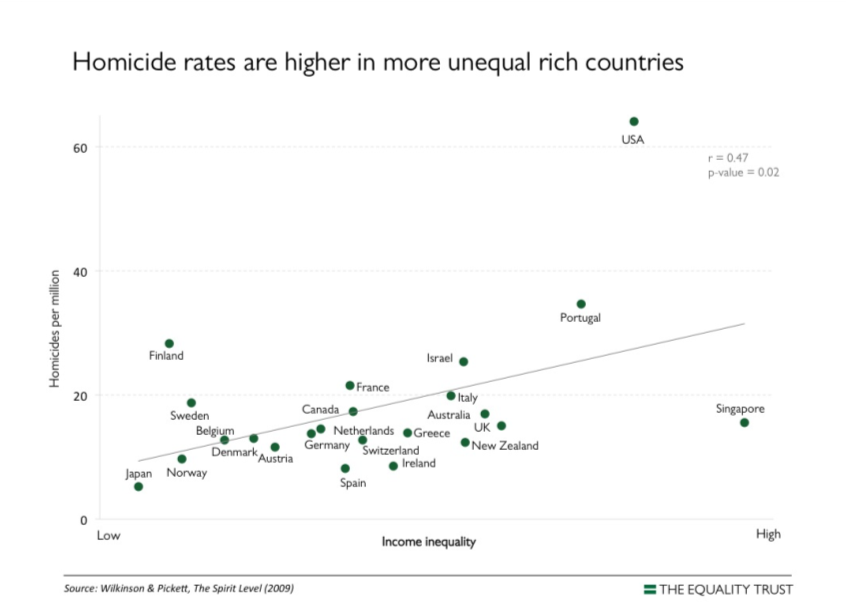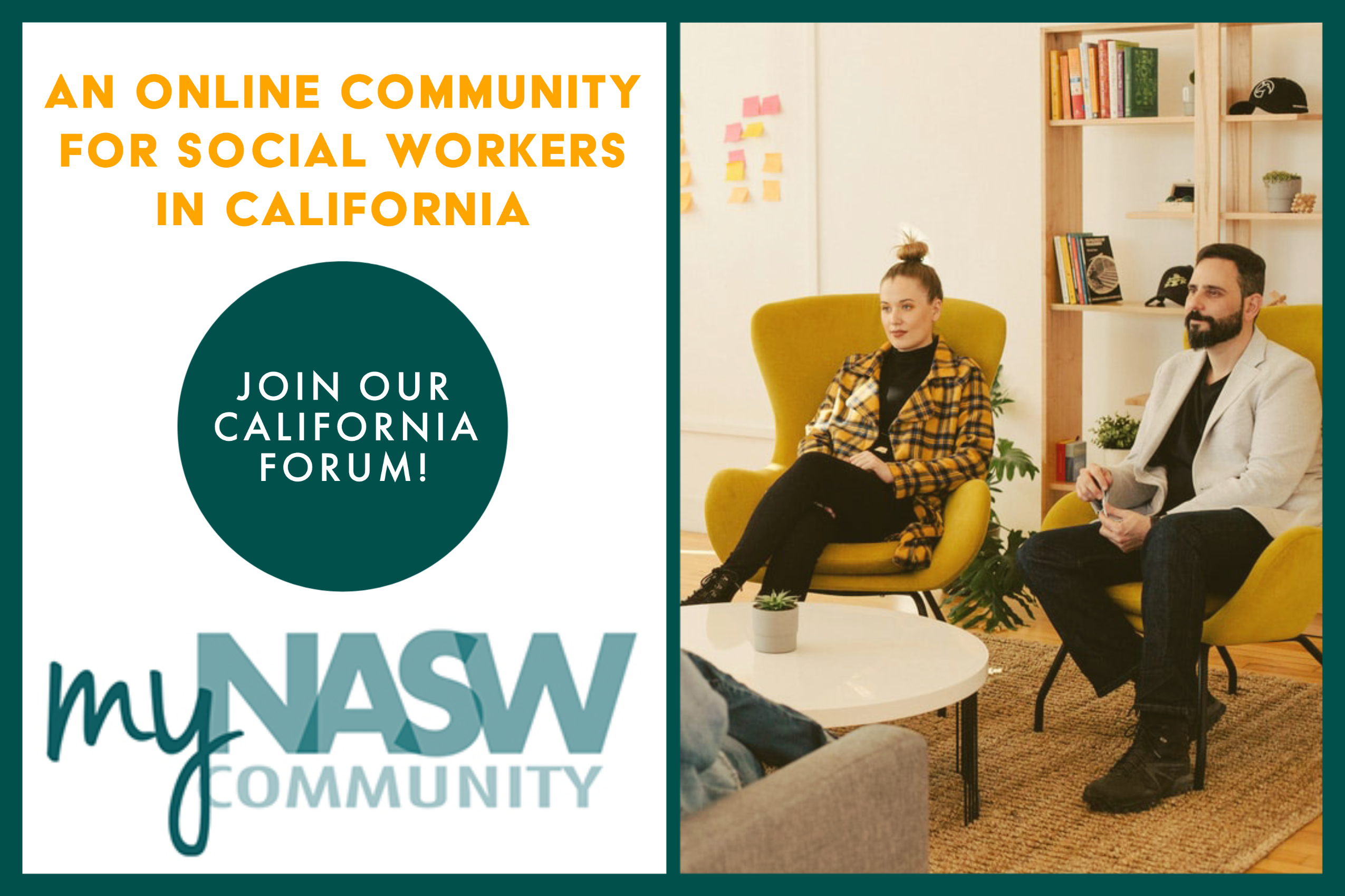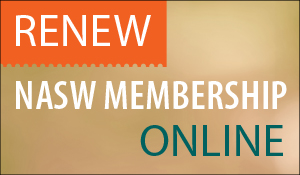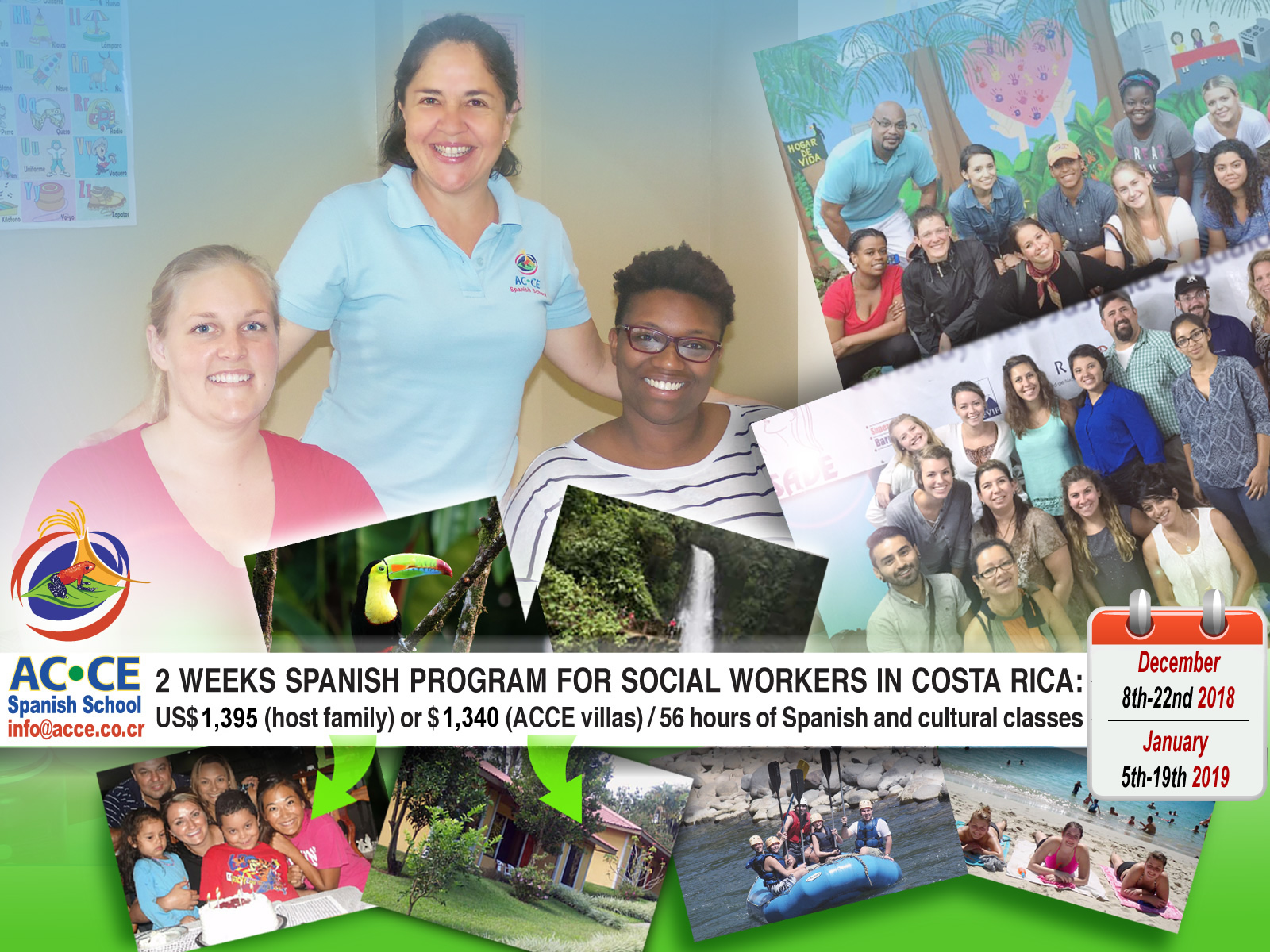
This is a statement on behalf of the NASW California Social Action Social Justice Council
Prepared by Sam Coleman, PhD, MSW, CSU Long Beach
We can play a crucial role in curbing gun violence if we educate ourselves about firearms and apply that knowledge in action guided by our profession’s strengths.
Every social worker reading this statement has been psychologically burdened by gun violence. The mass media expose all of us to the images and voices of terrorized survivors. Those of us who work in hospitals, mental health care agencies, and poverty-stricken communities must deal with firearms carnage on a regular basis.
Direct practice workers assisting troubled families, distressed veterans, and the caregivers of cognitively impaired loved ones have to urge responsible parties to remove firearms from their homes. Then there are the armed stalkers and partner abusers with whom we must contend if we serve abused women. My university’s police department offers “active shooter response training,” replete with classroom safety walk-throughs and barricading demos, and the campus is now debating how many armed police should patrol our midst. We’ve had it up to here with this insanity.
American civilian society is awash in small arms of all shapes and sizes. The United States has the world’s highest civilian gun ownership, an estimated 90 firearms for every 100 people.
The extent of harm to our citizenry from lax gun regulation is so great that it taxes the imagination. The frequency of gun violence is growing so quickly that, rather than cite some appalling numbers, I will simply direct every reader to the Gun Violence Archive (https://www.gunviolencearchive.org/). Basic statistics like these, however, do not capture all the underlying causes and public health consequences of firearms violence. As social workers it is our duty to explore them fully and use that knowledge to organize and advocate for sensible gun control.
Other Costs to Our Safety and Well-Being
Easy access to firearms increases our country’s frequency of suicides. Guns provide the method of death for over half of all suicides, and among veterans, two thirds. Because guns guarantee instantaneous lethality, they greatly increase the chances of death from impulsive behavior. Carolyn Levitan, Didi Hersch Mental Health Services Crisis Line Director, tells us that a suicidal person holding a gun poses the most difficult case for intervention for that very reason.
Firearms in civilian hands pose terrible burdens for law enforcement. Japan, with the world’s most restrictive gun laws, proves how restricting access to firearms among the general public benefits crime fighters in at least two important respects. I have chosen Japan because I’m an academic Japan specialist, but any other affluent nation with reasonable gun laws would surely serve just as well. Japan’s homicide clearance rate (representing successful identification of perpetrators) stands at 95 percent, in stark contrast with America’s, an abysmal 60 or so.
Consider that two out of five murderers in the U.S. go unidentified and, thus, unapprehended. Although several factors account for Japan’s enviable clearance rate, one undeniable contributor to that success is the near-absence of guns among civilians. Since firearms are designed to kill at a distance, identifying the murderer who uses one is far more difficult than when the perpetrator uses a weapon requiring direct contact, thus leaving much more forensic evidence. In addition, police shootings of civilians in the US would be a fraction of their current monstrous frequency if police were not burdened with the terrible danger–or excuse! –of anticipating an armed suspect or assailant. In Japan, law enforcement officers receive training in a specialized martial art known as taihojutsu—literally, arrest technique.
This is Not Your Grandfather’s Gun or His “Tradition”
Although firearms technology has been evolving for over seven centuries, technical innovations in the last 60 years have exponentially magnified the destructive power of small arms. The assault rifle of today is as different from the musket of the late 1700s—when the Constitution’s 2nd Amendment was written—as a Tesla Roadster to an ox cart.
Military ballistics specialists have so perfected the assault rifle’s small bullet and precise velocity that a wound from such a weapon is very likely to prove fatal. Trauma surgeon Peter Rhee described the damage: “It’s as if you shot somebody with a Coke can.”
Fully automatic rifles can easily spray several hundred rounds in one minute, and the lighter weight of these firearms means that children can operate them. The father of a child killed by the AR-15 wielder at Sandy Hook Elementary School summed it aptly: “Time and time again we see [the AR-15] used to do what it was designed to do, which is to kill a lot of people in a short amount of time.”
Also, because handguns account for most firearms deaths, modern pistols and revolvers actually pose an even greater aggregate public health and safety threat than do assault rifles.
Make no mistake, gun culture in the United States today is no benign pastime steeped in American tradition. As a dismayed old-school gun enthusiast wrote in the LA Times last year, “In the 1970s, my stepfather’s gun store had mostly rifles and shotguns, and the wall posters emphasized hunting and camping. Today, you go into many stores and the difference is profound and ominous. The stores resemble modern military arsenals. Posters on the walls advertise the tactical features of the latest military-style weapons and carry messages of paranoia and fear.”
Your grandfather’s National Rifle Association (NRA) used to celebrate hunting and target practice. Today, standing at the apex of a powerful gun lobby, the NRA’s publications feature breathless stories of foiled home invasions and tout the supposed role of an armed citizenry in preserving democracy.
Why Are We Americans the Tragic Outlier in So Many Ways?
The United States is alone among affluent countries in its high-profile political debates over gun owner “rights.” As social workers, we can figure out why our country is such an anomaly. If we condescend to firearms owners by attributing their gun worship to ignorance and paranoia, we ourselves remain ignorant. Instead, let’s analyze the broad popularity of firearms by analyzing the social dysfunction that lies behind the strong appeal of the “right to bear arms.”
Our careful listening can discern aspirations for power, freedom and security—themes that the NRA and firearms manufacturers have honed to advertising message perfection. As good clinicians, we should suspect that our fellow citizens want guns to feel dignity, security (in the fullest sense of that word), community and individual agency—all the features of a healthy society that our country today denies us.
For insight, some use of self: I can understand gun love at the gut level because I was once an avid small arms enthusiast. In my teens. I owned four rifles—all of different calibers—a shotgun and a revolver. A social misfit in my high school, through NRA-sponsored rifle range practice I gained a sense of achievement, self-confidence, community membership and power, including its public display. At age 16, I refused to hand over my holstered revolver to a cafe waiter, resulting in a tense confrontation. (Fortunately, the waiter prevailed after a hot but brief exchange of words, leaving me feeling humiliated, but everyone unharmed.)
I graduated from gun love some years later, but I still refuse to condescend to anyone who clings to his or her guns, and neither should you. Economist Richard Wolff offers a persuasive clue for solving the mystery of 21st-century American gun love by noting how the American worker’s standard of living, economic security and control over workplace life have all deteriorated dramatically over the last three decades.
Employment in present-day America is notoriously precarious and poorly compensated, and workplace environments are steeped in top-down control and callous managerial practices that squeeze the soul out of everyone in the lower ranks. The gun lobby exploits this pit of economic injustice by promising power and control through gun ownership. We, Americans, may not be able to afford decent health care, vacations or education, but guns are priced well within our reach. Appeals to insecure masculinity in this age of sharpened competition with women push up sales, too. Note Remington Arms’ notorious “Consider your man card reissued” slogan used to advertise its Bushmaster AR-15 variant.
Polarization in Wealth Amplifies the Insecurity, Resentment and Carnage
Legislation attacking workers’ rights and earning power has aggravated a polarization in wealth that we haven’t witnessed since the years immediately preceding the Great Depression, and the harmful effects of this polarized wealth on our emotional equilibrium are profound. The most comprehensive study of inequality and social pathologies among 23 affluent countries, conducted by social epidemiologists Richard Wilkinson and Kate Pickett, found a striking direct relationship between income inequality and homicides.
In the case of the United States, the ready availability of guns combines with the extreme haves/have-not distribution of wealth in a deadly synergy. Graphed in juxtaposition with other affluent nations, our country lands in the upper right-hand corner, literally off the distribution.
Credit: ©Richard Wilkinson & Kate Pickett, 2009, The Spirit Level: Why Greater Equality Makes Societies Stronger. Bloomsbury Publishing Inc.
We need to focus on the sociopsychological mechanisms behind this connection between inequality and lethal violence. Wilkinson and Pickett point to the quest for status. Similarly, “it’s inequality,” in the words of neuroendocrinologist Robert Sapolsky, “that drives us crazy.” Aggressive, violent crazy. From the air rage-inducing cramped seats in commercial aircraft immediately behind luxurious first class to the near-collisions caused by luxury cars that break traffic rules, we live in a country of conspicuous privilege that violates our sense of self-respect and aggravates feelings of economic resentment.
The emotional fallout, however, doesn’t translate into organizing for economic justice. Ambient ideology tells us that if we aren’t well off, we should blame ourselves rather than decades of public policy favoring the wealthy. Thus, resentment festers as an inchoate, free-floating aggressiveness ready to pop out at the slightest provocation.
Any social worker in our nation’s slums can tell you that it’s at its worst there, too. Add the sensational reporting of street crime and a pumped-up fear of minorities fed by for-profit corporate media news, and you can understand the profound appeal in the gun marketer’s promise of “self-protection.”
The NRA’s sales pitch for guns as “freedom’s ultimate insurance policy” also gratifies those feelings of inchoate frustration that stem from disgust with a political system so rigged that it no longer delivers the fundamental services that protect our standard of living. We should marvel, too, that the NRA can openly endorse armed insurrection in its messaging—a stance that would result in the arrest of any leader of color who would dare advocate the same.
Social Workers, Take Action!
The NASW should collaborate with other professional organizations as well as the most competent gun control organizations. In 2008, the Social Action Social Justice Council called on the NASW in this publication to cooperate with the American Public Health Association’s efforts to reduce gun violence. We renew that call. In 1996, the federal Centers for Disease Control and Prevention’s National Center for Injury Prevention and Control lost its funding for research on firearms violence, and neither CDC directors nor Congress since then has restored such research. (Their timidity probably reflects fear of harassment from the NRA through the Dickey Amendment, which forbids the CDC to spend funds that be construed as advocating for gun control.)
We must insist on more research concerning the public health costs of firearms-induced morbidity and mortality by removing that de facto federal ban on such studies. The state of California has taken steps in that direction, and we should applaud the effort while advocating for reform nationwide.
Voice Lessons
The most powerful persuasion takes the form of stories of personal experience with a human face, and those of us in direct practice who help the loved ones of gun violence victims have a duty to tell these stories to the public. NASW, CSWE and university schools of social work should cultivate the most articulate among us who can bear such witness and connect that homegrown talent with media outlets.
Those in our ranks who serve poverty-stricken inner cities can tell personalized stories of decent people subjected to stunning personal loss and crushed aspirations because of gun violence. We have a model in Alex Kotlowitz’s An American Summer: Love and Death in Chicago. Published just this year, its depictions of lives warped by gun violence inspire empathy and understanding. We can spread its message, combining it with a clear, articulate call for effective firearms regulation.
Let’s get to work, informed, articulate and energized. Precious lives are depending on us.

